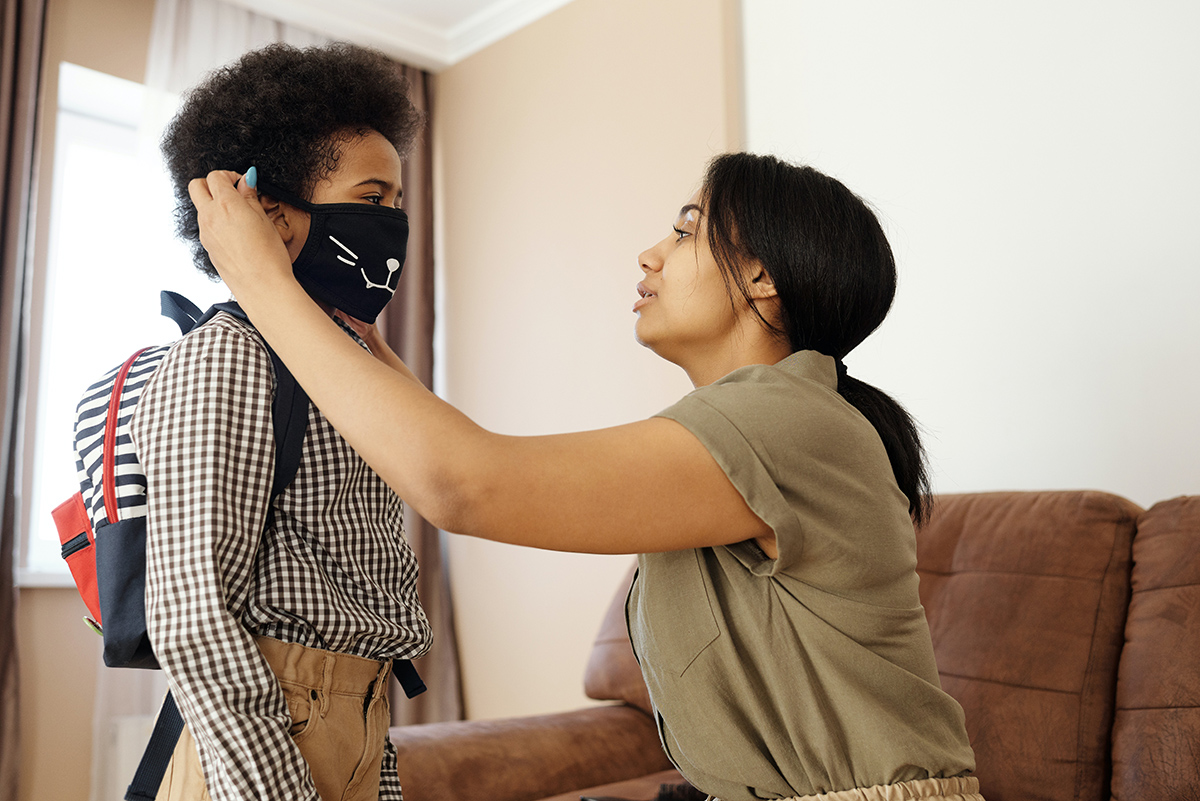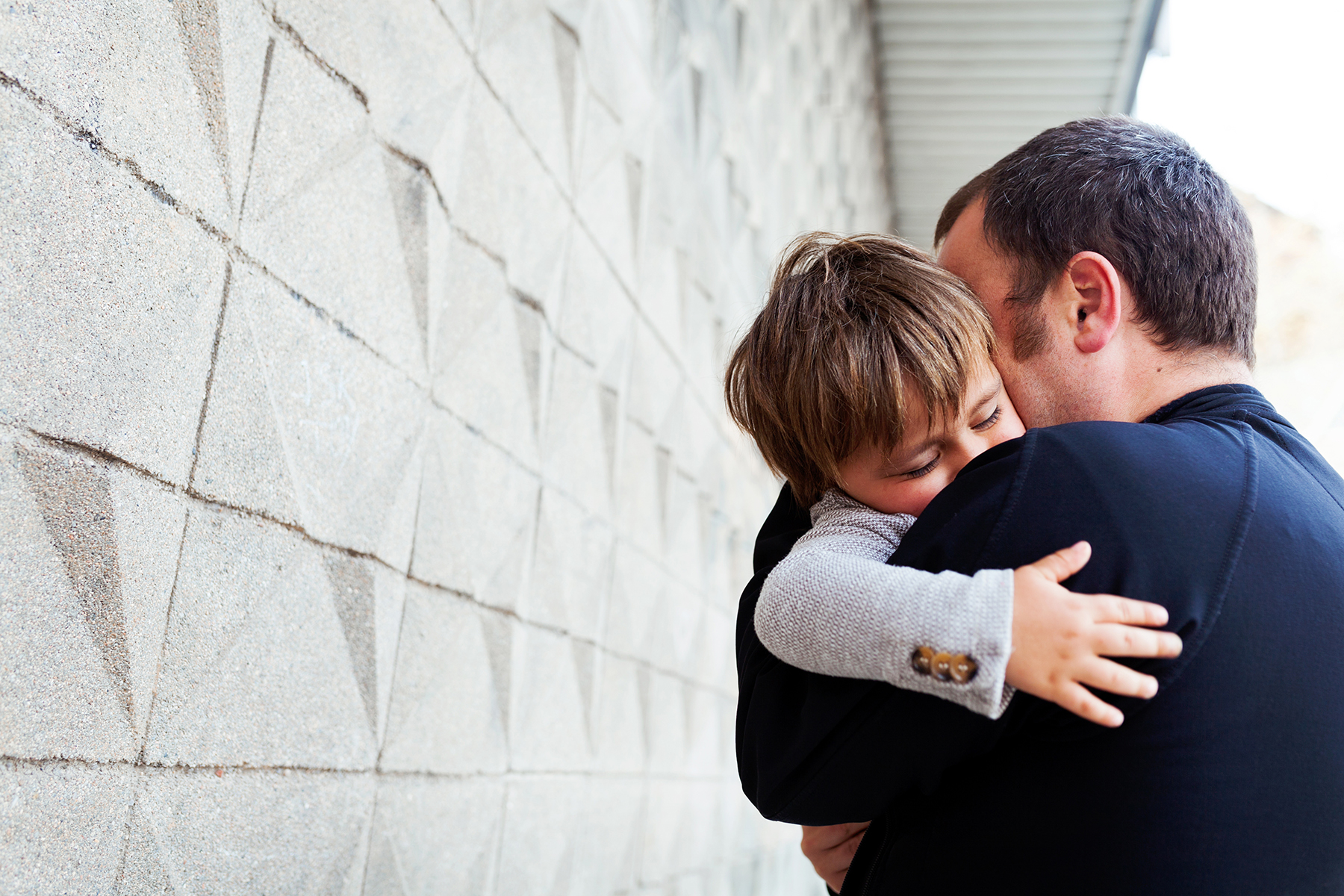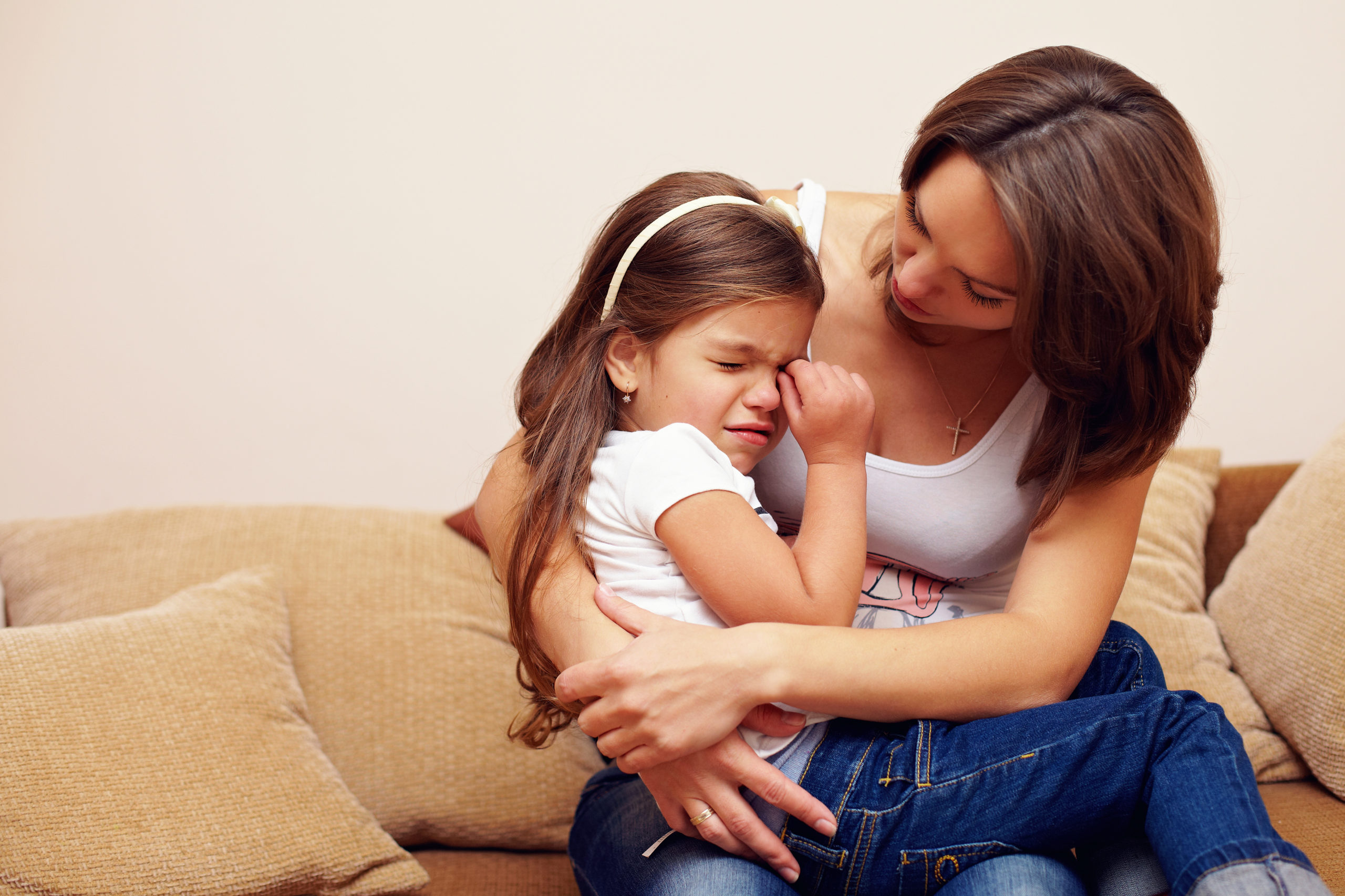Thriving Childcare: Ensuring Young Children’s Well-being and Health During the COVID-19 Pandemic
WEBINARS
- State of Michigan – COVID-19 Childcare Information and FAQs
- State of Michigan – MI Symptoms (free app)
- Executive Order 2020-164 requiring cloth face coverings in child care facilities and summer camps
- LARA – Guidance document for operating child care centers and home-based programs during COVID-19
- CDC – COVID-19 Symptoms Poster
- AAP – Parenting Website (with a wide range of COVID-19 resources)
- MELBA – Child Care Re-opening Webinar Series
- AIHA – Re-Opening Guidance for Child Care Providers
- Hope Starts Here – Tool for Building a Child Care COVID Response & Preparedness Plan
- Child Care Checklist for Operating Safely During COVID-19
- SBAM – COVID-19 Preparedness and Response Plan Template
- Zero to Thrive – Returning to Childcare During the COVID-19 Pandemic
- University of Michigan – Pandemic Resource Guide
- Alliance for Early Success – Latest COVID-19 Resources by Topic Area
- Sesame Street in Communities – All About Masks
- Sesame Street in Communities (videos) – A New Kind of Picnic and Hooper’s Store Reopens
- Action Learning Network – How to Wear a Mask like a Health Hero
- Action Learning Network – Tips for Helping Kids Wear Masks
- Strong Center for Developmental Disabilities – A Toolkit for Helping Your Child Wear a Mask During COVID-19
- Zero to Thrive – Helping Young Children and Their Caregivers Transition Back to Childcare (also available as a handout)
- MDHHS – Letter from Michigan’s Social Emotional Consultation Team to Child Care Providers
- #ConnectedCaregiving Social Media Images/Text Samples
- Video clip: “Connected Care giving Through a Pandemic”
- Webinar (26 minutes): “Back to Business as Usual? Connected Care giving Through a Pandemic”
- Head Start ECLKC – Stay Connected to Decrease Family Stress in Difficult Times
- Journal of Child and Family Studies – A Model for Creating a Supportive Trauma-Informed Culture for Children in Preschool Settings
- ChildTrends – 5 Ways Trauma-Informed Care Supports Children
Additional COVID-19 information and resources:







